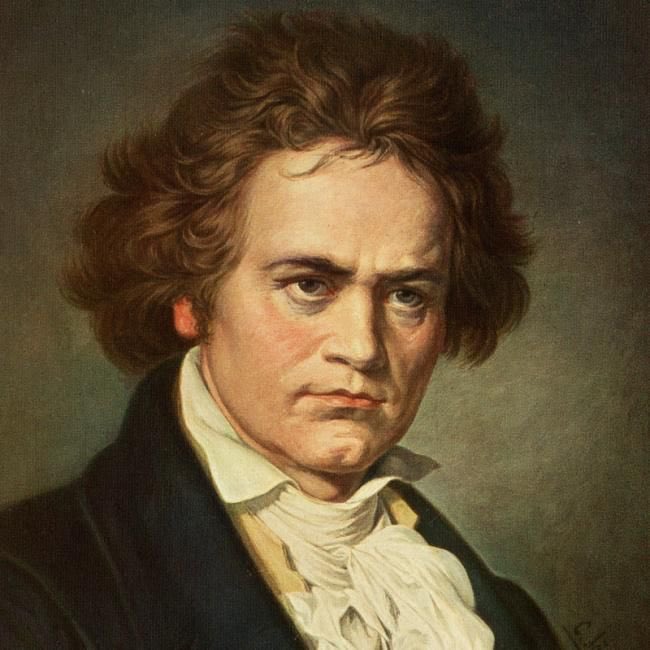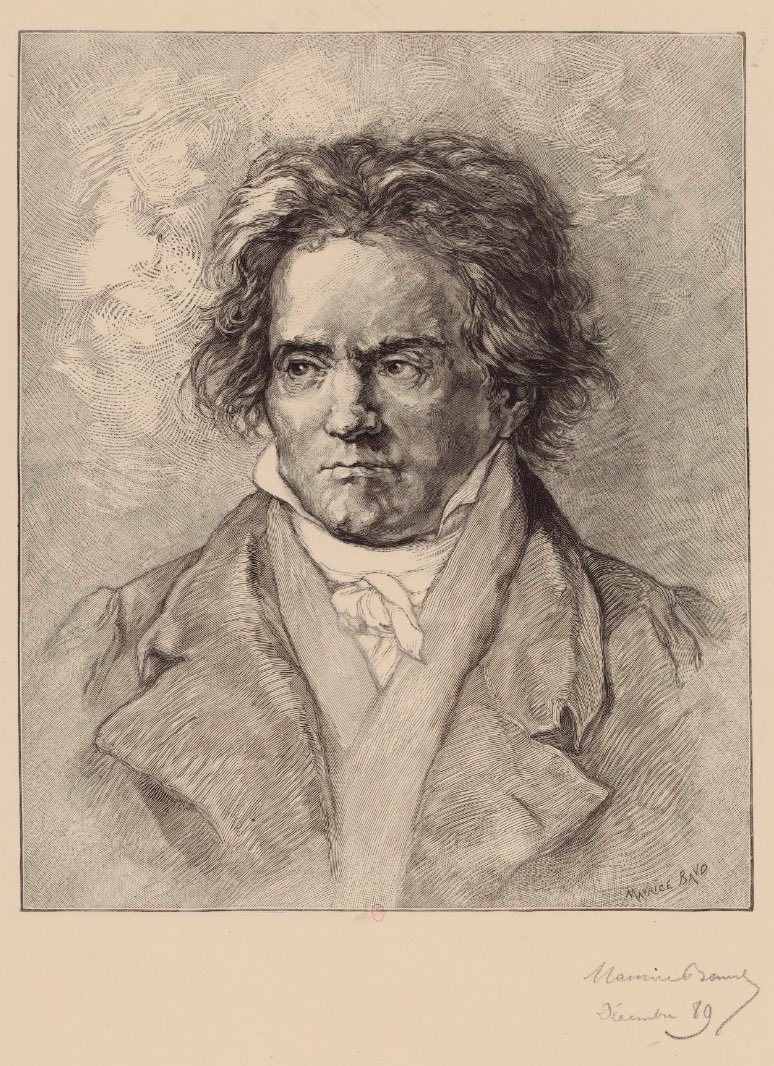#TheoryThursday
The resources a composer can use to communicate their music are not confined to notes and markings alone. Often, words are written over their music, especially at the beginning, in order to convey more clearly the musical thought.
1/12
The resources a composer can use to communicate their music are not confined to notes and markings alone. Often, words are written over their music, especially at the beginning, in order to convey more clearly the musical thought.
1/12
There are pieces which have only a metronome marking, like the pieces in Schumann‘s “Kinderszenen”. The character and mood of the pieces is to be discerned in the notes themselves.
2/12
2/12

Before the invention of the metronome, composers had to communicate a tempo to the performers by means of words. Through a shared frame of reference between composer and performer, the tempo could be fairly exactly communicated.
3/12
3/12
To this end, the familiar tempo markings were used: presto, allegro, moderato, andante, adagio, largo and lento. With variations like prestissimo, andantino or allegretto to communicate a slightly faster or slower tempo.
4/12
4/12
These did not fall into disuse after the invention of the metronome in 1816 because they were universally understood in musical Europe and because words also carry certain connotations of mood—a bald metronome marking was therefore often deemed insufficient by a composer.
5/12
5/12
Often, basic markings are further extended with words indicative of an emotional charge, like allegro con brio (with spirit), presto con fuoco (with fire), allegretto grazioso (gracefully), adagio lamentoso (sadly) or lento lugubre (lugubriously).
6/12
6/12
In Germany, composers began to use the German translations of the Italian terms—sometimes together with the Italian original, like in a few of the late sonatas by Beethoven, other times a German direction alone, like in this example from Schumann‘s “Album für die Jugend”.
7/12

7/12


In the music of the Romantic composers, like here in Schumann or and Mahler, we see that a literal tempo is often dispensed with altogether and the direction is one purely of mood. From such directions the performer is to infer a suitable tempo.
8/12


8/12



The extent to which these markings developed can most clearly be seen in Mahler‘s great symphonies, in which often nearly every bar contains some kind of additional direction; or a reminder of an earlier one to the players or the conductor.
9/12
9/12

On the last page of his Ninth Symphony, he reminds us four times of the utter slowness of the movement. He writes “Adagissimo”... “Langsam”.... “zögernd”... “Äußerst langsam”—and these are only tempi; the page is filled also with further emotional and dynamic directions.
10/12
10/12

I would like to close on a humorous note:
It‘s not very legible but look at the direction written in the left-hand corner of this flute quartet score by Mozart (K. 298)
I shall transcribe it below.
11/12
It‘s not very legible but look at the direction written in the left-hand corner of this flute quartet score by Mozart (K. 298)
I shall transcribe it below.
11/12

“Rondieaoux: Allegretto grazioso, ma non troppo presto, però non troppo adagio. Così-così—non molto garbo ed espressione”
With this, Mozart clearly pokes fun at pompously extensive and specific directions—when these do not help but hinder the comprehension of the music.
12/12
With this, Mozart clearly pokes fun at pompously extensive and specific directions—when these do not help but hinder the comprehension of the music.
12/12
• • •
Missing some Tweet in this thread? You can try to
force a refresh













